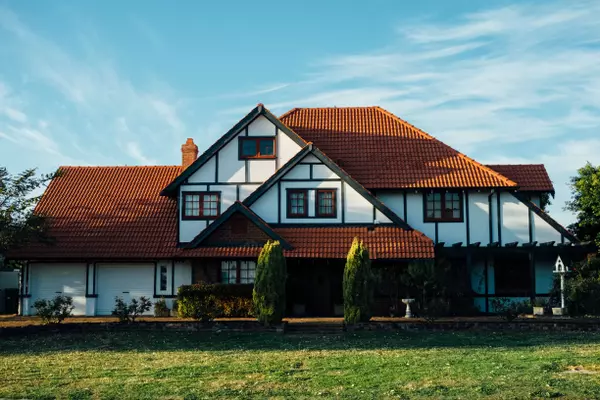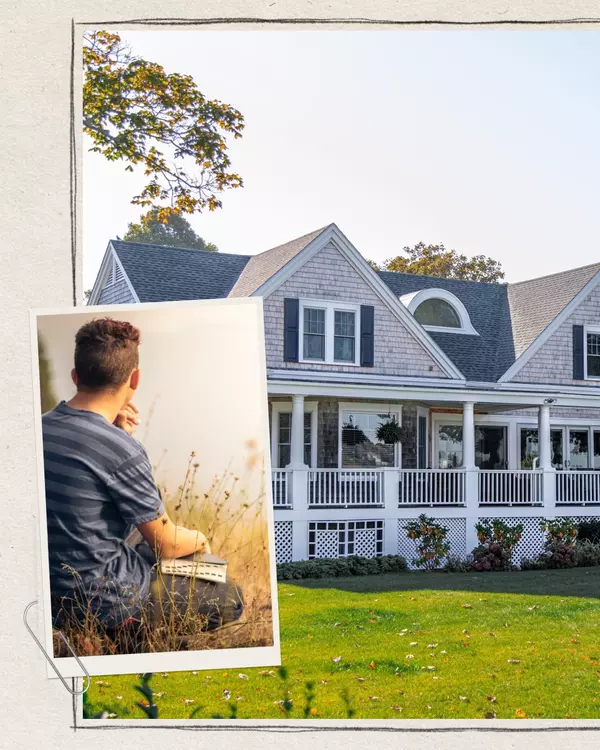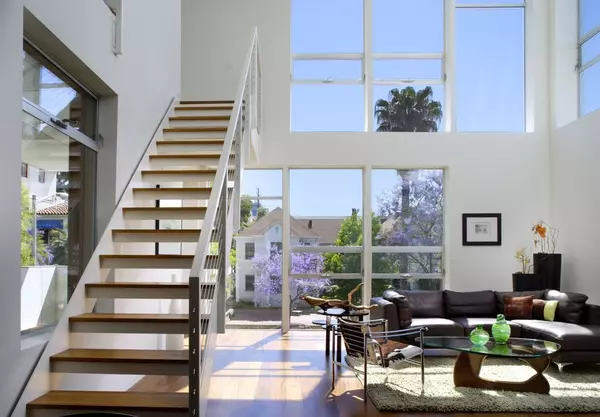Market RECAP of 2022-2023

Hello fellow real estate enthusiasts,
As we look back on the year that was, it's clear that the housing market in 2022 was a bit of a rollercoaster ride. In the first half of the year, we saw continued, dramatic price appreciation as Millennials entered the market, inventory remained low, and interest rates stayed at historic lows. But, as the Fed began raising rates in March, buyers and sellers rushed to the market to make a deal before the full impact of higher mortgage rates could take hold.
However, in the second half of the year, the impact of skyrocketing rates became clear. Demand fell as buyers opted to stay out of the market, which in turn caused inventory to rise. Sellers lost their leverage, buyers regained some control in negotiations, and prices started to decline. But, it's important to note that the decline in prices was not as steep as some feared and as of the end of the year, the market seemed to correct itself.
As we look ahead to the first half of 2023, experts predict that we'll see a continuation of the second half of 2022 with affordability, inventory, and volume remaining low. Despite moderating inflation, there is still a lot of economic uncertainty. By the second half of this year, the housing market may stabilize and make a modest recovery – but that is dependent on mortgage rates falling and affordability improving. If these things don't happen, we may be in for a longer correction.
As always, it's important to keep an eye on the market and consult with a professional before making any big decisions. But for now, let's keep an optimistic outlook and hope for a bright future for the housing market.
ANTICIPATE FALLING HOME PRICES THIS YEAR
As we look ahead to the year ahead, it's important to keep an eye on the housing market and what trends we can expect to see. And unfortunately, it looks like we can expect to see falling home prices in the coming months.
We've seen home prices soar in recent years, thanks to a number of factors like low interest rates and a lack of inventory on the market. But now that interest rates are on the rise, we're seeing more sellers than buyers in many areas. This means that sellers are losing their leverage and buyers are gaining more control in negotiations. And as a result, we're likely to see home prices start to come down.
But the big question is, just how much will we see prices fall? Some experts predict that prices could drop by as much as 7% this year, but there's certainly a lot of uncertainty in the market. And of course, if we do see a recession this year, all bets are off. But generally speaking, prices tend to fall in line with what local incomes can support.
In markets with strong economic growth, we may not see as severe of a drop in prices. And in popular locations like Florida, Texas, Idaho, and Utah, prices may stay relatively stable until incomes catch up. But in some of the biggest markets in the US, we could see price drops ranging from 19% (Denver) to 33% (Tampa-St. Petersburgh) in 2023. And in smaller markets, the drops could be even more significant
PRESENT TIME
As we start off the new year, it's important to take a look at the state of the housing market and what we can expect in the coming months. While there are certainly some concerns out there, there are also some reasons to be optimistic.
First of all, it's worth noting that interest rates remain low. While they may be higher than they were in the past, they're still historically low and they're starting to come down. So that's definitely something to keep in mind.
Another positive is that homeownership can be a great way to build wealth. According to the National Association of Realtors, single-family homeowners typically accumulate $225,000 in housing wealth over 10 years. And with rent prices on the rise, homeownership can be the more affordable option in the long run.
Homeownership also comes with social benefits. People who own their own homes tend to form strong bonds with their neighbors and are more involved in their communities. They're also more likely to vote in elections and volunteer for local charities.
Lastly, the new construction industry is expected to catch up with the demand. The supply chain congestion is finally subsiding, and normalcy is expected to resume during the first quarter of the year. Building materials prices are also coming down which will help builders to address inventory and cost issues that have plagued them since the pandemic began.
So, while there may be some challenges ahead, it's important to keep in mind that there are also some positive things happening in the housing market. Let's stay optimistic and see what the new year brings!
Recent Posts






